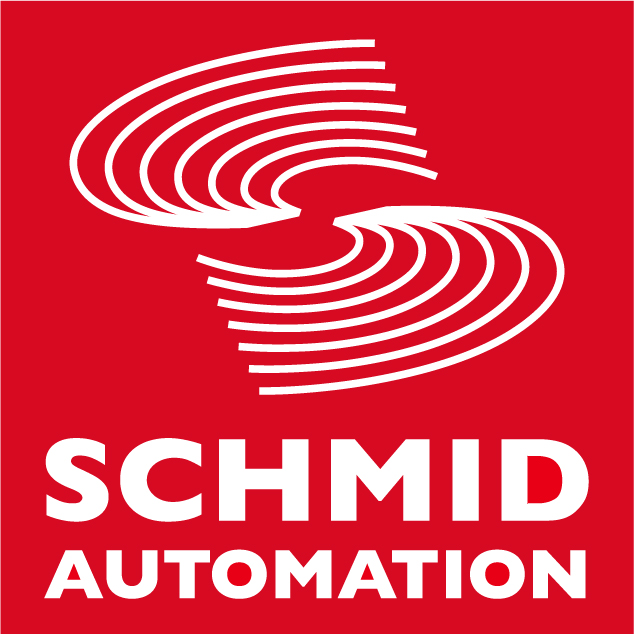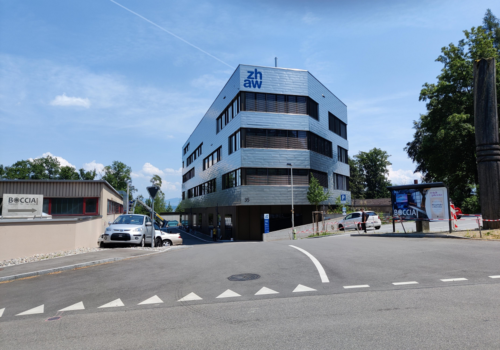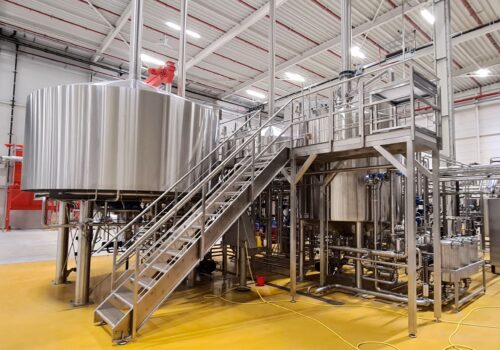MES (Manufacturing Execution System)
We offer you the suitable process that will help you to take advantage of the opportunities offered by an MES in your production activities. Though you may have heard of MES before, you might be wondering how to roll out MES in your organisation. We will be pleased to assist you in executing your MES project.
Many of our customers who have heard of MES before, but have never experienced a system live, approach us with the question: «How do you tackle an MES project?» Our reply is: by using our proprietary «Road to MES» process that we have developed in the context of our «Concept Design & Consulting» services package. In answering this question, we give a very high priority to identifying the exact goals that are to be reached and to taking a structured approach.
In an initial step, we ask our customers what their main aim is when they decide to use an MES solution.
Is it for example enhanced quality, higher process reliability or increased efficiency?
In order to roll out the solution successfully, we recommend to start with small steps, to define milestones and to use every milestone to address and communicate the change process within the organisation. Regardless of the goals you are pursuing – an MES rollout is primarily a change management process within your company.
As is
All existing production processes are to be documented and described at a high level. The main purpose of this is to identify the most frequent processes, which it therefore makes most sense to change.
To be
Based on the analysis of the current state, a future to-be state is described. This includes the system architecture and concepts for the identified areas as well as the descriptions of the individual production processes showing how they will be executed in the future. This means that initial user requirements are developed in this phase. Building upon this foundation, a fit-gap analysis is performed and a description is provided of everything that still has to be done to reach the desired state. As early as during this phase, at least a qualitative cost-to-benefit analysis must be performed.
Proof of concept
In the proof of concept phase, a detailed design is established for a selected area. It identifies the changes needed in this area to achieve the to-be state. This is followed by a feasibility check and one or the other system supplier is requested to map some aspects of these changes in a potential system.
The second important step of this phase is to further develop the qualitative cost-to-benefit analysis. Among other things, this will enable you to identify the changes that should be made first in order to generate the biggest benefit as quickly as possible.
System evaluation
Based on the concepts and analyses plus the insights gained from the proof of concept, a technical and commercial system selection is now made. For this, invitations to tender must be created and suppliers must be invited to present their systems. It is also important to visit showcase systems and to engage in an exchange with other users who have already gone through this process and can describe their experiences. Based on the documentation and prices submitted and the impressions gained from these visits, a system evaluation is established and a recommendation is given.
Prototyping
On the basis of the system selected, the designs created in the proof of concept stage are further refined into a concrete prototype and implemented in the prototyping phase. It is now necessary to verify whether the projected changes and benefits will indeed materialise as originally intended.
Rollout planning
In the rollout planning phase, the additional processes are defined that are to be integrated over time. Documents are created describing which activities are to be performed at which point of time. Moreover, cost estimates are made. This also includes scheduling and financial expenditure plans.




